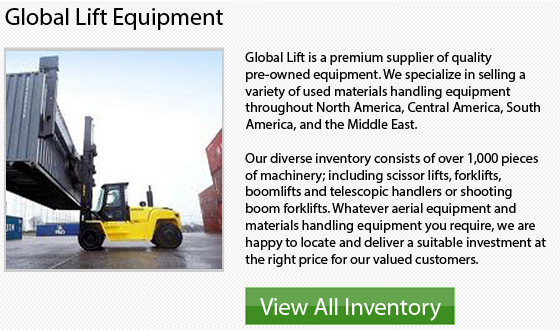
Lift truck trucks are really big and powerful pieces of industrial machines. In order for them to operate smoothly and efficiently, hundreds of different components go into the manufacturing method. Many parts should be replaced regularly because of breakages and damages.
Forklifts are extremely versatile machines. A range of different accessories are able to be fitted onto the machines in order to increase their capabilities and expand the jobs they are regularly able to complete. Several of the major different forklift accessories and components are described below.
Fork Extensions
Blade extensions are made to fit over the forklift's regular forks. These forks could can be changed entirely, or different parts could be added to them so the truck could lift various kinds of cargo like for instance rollers, telescopic loads, baskets, amongst others.
Forklift Bearings and Seals
The bearings and seals on the forklift allow the inner workings on the machinery to function optimally and efficiently. Bearings allow two moving components of the equipment to smoothly work together, without any friction. If not fitted properly, seals and bearings could occasionally break and wear down and these components may need to be replaced periodically. If a bearing is the correct kind of bearing for the equipment and it is properly fitted, this specific lift truck part can easily outlive the life expectancy of the entire machinery.
Cabs
The forklift's cab is the part of the machine where the operator sits and performs maneuvers. The cab could be open or it can have a roof, depending on the specific model. On a work place, this lift truck part usually has a roof to minimize the risk of falling materials and comply with safety reasons.
Brake Forklift Components
The brakes located on a lift truck truck are required to be frequently checked in order to make certain that they are in safe working condition. usually, these parts will need to be replaced due to extended wear or damage.
Wheels and Tires
The lift trucks wheels and tires are the parts most usually damaged. Problems occur because of slashes from rough and uneven floor boards and punctures from sharp objects on the floor.